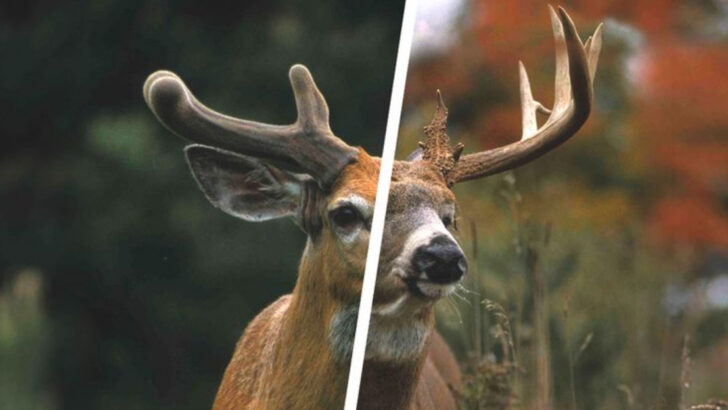They’re everywhere—and yet, most of us don’t know the first real thing about them. White-tailed deer are some of the most misunderstood animals in North America. People think they’re timid. Predictable. Even harmless. But behind those soft eyes and graceful steps hides a wild story full of secrets, surprises, and survival instincts that put action movies to shame. Think deer can’t swim? Think again. Think they always run from predators? Not always. These creatures have been adapting, thriving, and outsmarting humans for centuries. It’s time to clear the air. We’re diving into 10 truths that will completely change how you see these forest dwellers—and busting 5 myths that just won’t die. Get ready to look at deer in a whole new light.
White-Tailed Deer Camouflage
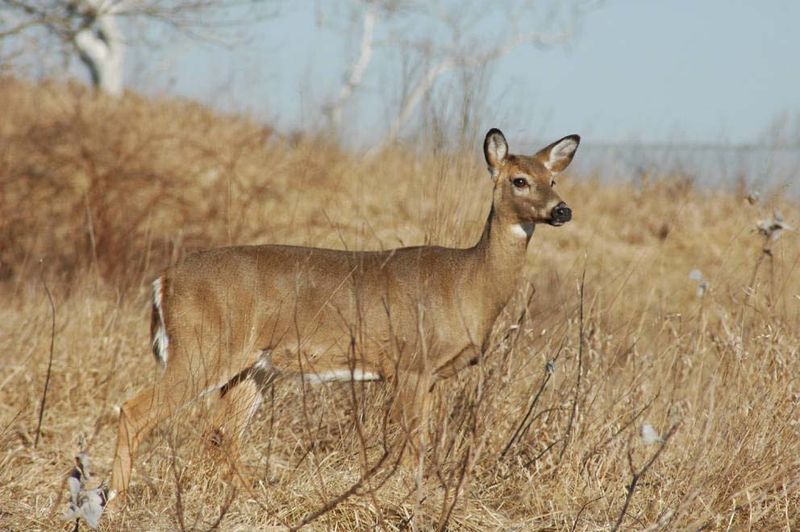
In the heart of the forest, white-tailed deer display a remarkable ability to blend with their surroundings. Their coats change with the seasons, offering them perfect camouflage. In summer, their reddish-brown fur absorbs the warm hues of sunlit meadows. As autumn arrives, their coats shift to grayish-brown, mirroring the crisp foliage. This natural adaptation is vital for their survival, keeping them hidden from predators. Interestingly, fawns are born with spots that mimic dappled sunlight filtering through leaves, adding an extra layer of disguise. Such innate camouflage showcases their evolutionary brilliance.
Keen Sense of Smell
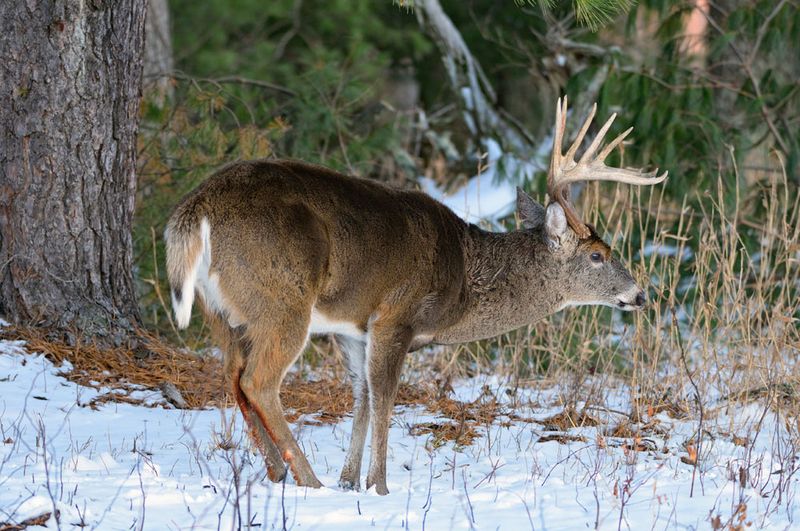
White-tailed deer possess an extraordinary sense of smell, far surpassing human capabilities. Their noses are equipped with hundreds of millions of receptors, allowing them to detect even the faintest scent. This superior olfactory ability is crucial for locating food and avoiding predators. In the dense woods, where visibility is limited, their sense of smell acts as a survival tool. Some say their noses can even differentiate between individual humans. This remarkable trait is a testament to their adaptability and resilience in diverse environments.
Deer Communication
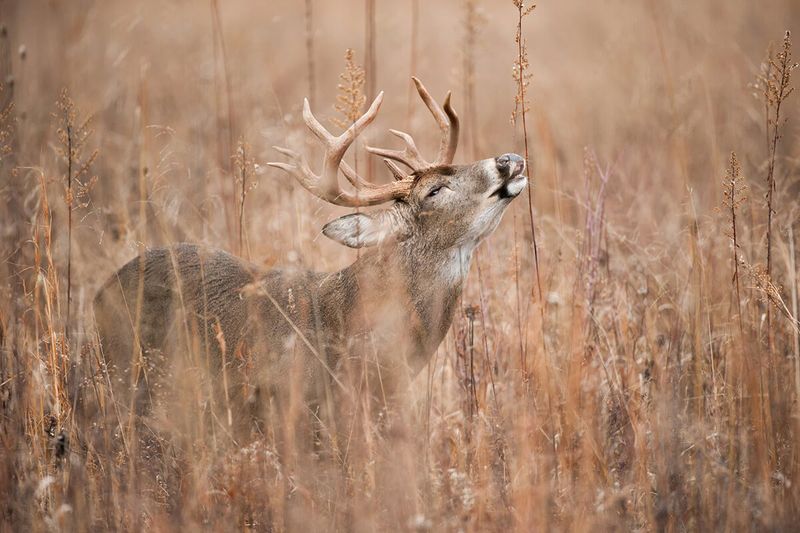
Communication among white-tailed deer is a sophisticated affair. They use a blend of vocalizations, body language, and scent marking to convey messages. Tail signals are particularly intriguing; a quick flick can signal danger, while a relaxed tail indicates calm. Vocalizations range from soft grunts to loud snorts, each serving a distinct purpose. Scent glands located on their legs and heads help establish territory and social hierarchy. This complex communication network ensures cohesive group dynamics and enhances survival in the wild.
Herbivorous Diet
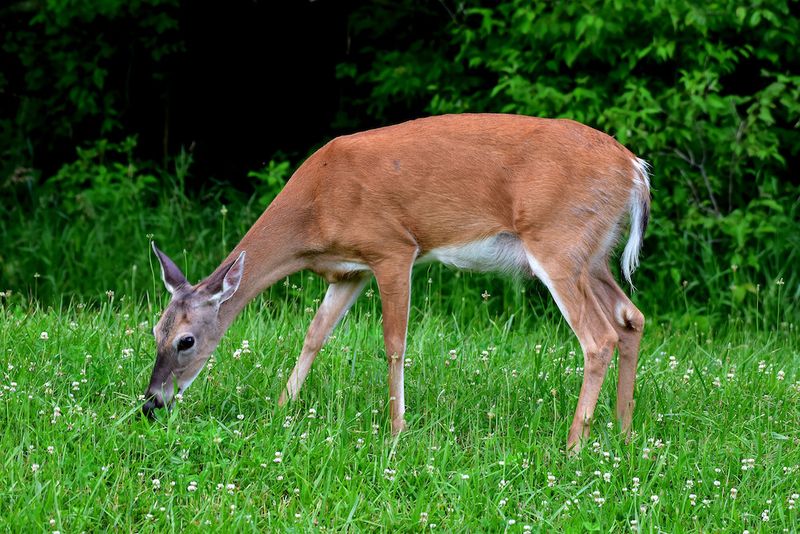
Did you know that white-tailed deer are nature’s gardeners? Their diet consists primarily of leaves, twigs, and fruits, making them pivotal in seed dispersal. By consuming a variety of flora, they help maintain ecological balance. In spring and summer, they relish tender shoots and grasses. As seasons change, their diet adapts to include acorns and woody plants. This herbivorous lifestyle not only sustains them but also contributes to the vibrancy of their habitats, highlighting their ecological significance.
Myth: Aggressive Nature
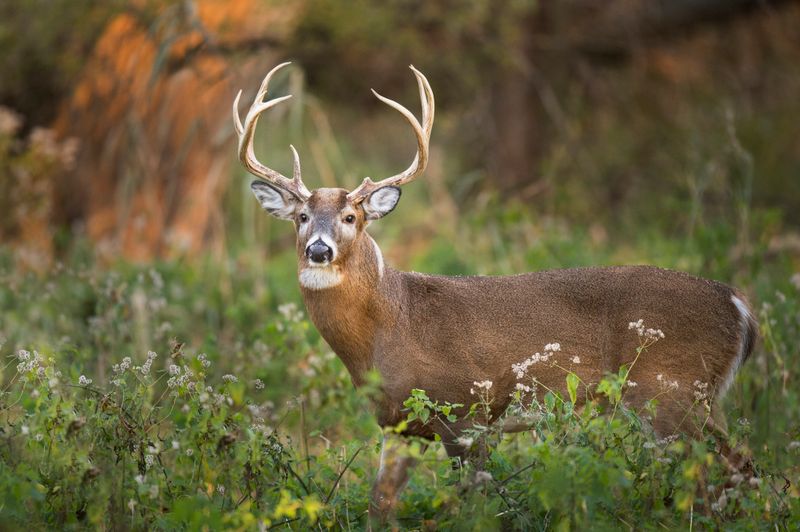
Contrary to popular belief, white-tailed deer are not aggressive creatures. Their gentle demeanor often leads to misunderstandings, especially during mating season when behaviors change. Bucks, driven by instinct, may appear combative during this time but are typically non-confrontational. They prioritize flight over fight when faced with threats. This misconception stems from seasonal behaviors rather than inherent aggression. Understanding their true nature fosters appreciation and reduces unwarranted fears.
Myth: Overpopulation Threat
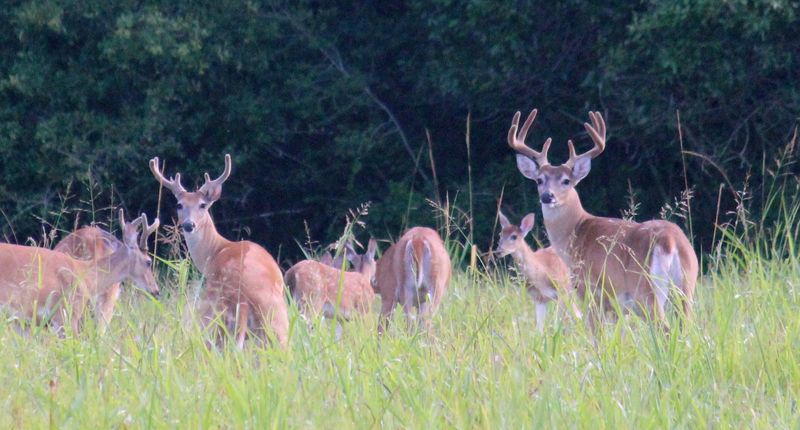
Often labeled as overpopulated, white-tailed deer are misunderstood. While populations have risen in some areas, it’s largely due to human activity reducing natural predators and altering landscapes. Deer play an essential role in their ecosystems, affecting plant diversity and serving as prey for other species. Effective wildlife management and understanding natural cycles can mitigate concerns. The myth of overpopulation overlooks the broader ecological impact and the need for balanced cohabitation.
Unique Antler Growth
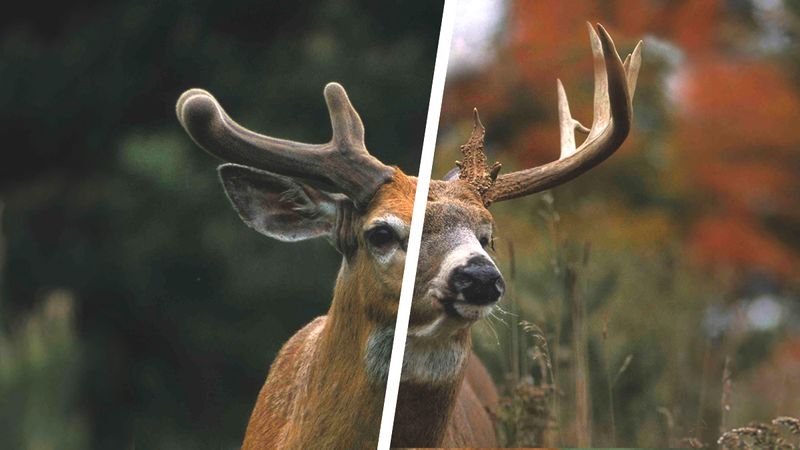
Antlers are more than just ornamental. In white-tailed deer, they serve critical roles in mating rituals and establishing dominance. Each year, bucks grow new antlers, shedding the old ones after the mating season. This cycle is influenced by nutrition and genetics, leading to diverse antler shapes and sizes. Antlers are covered in velvet, a soft tissue that nourishes them as they grow. The shedding and regrowth process is a marvel of nature, demonstrating the deer’s resilience and adaptability.
Fawn Survival Tactics
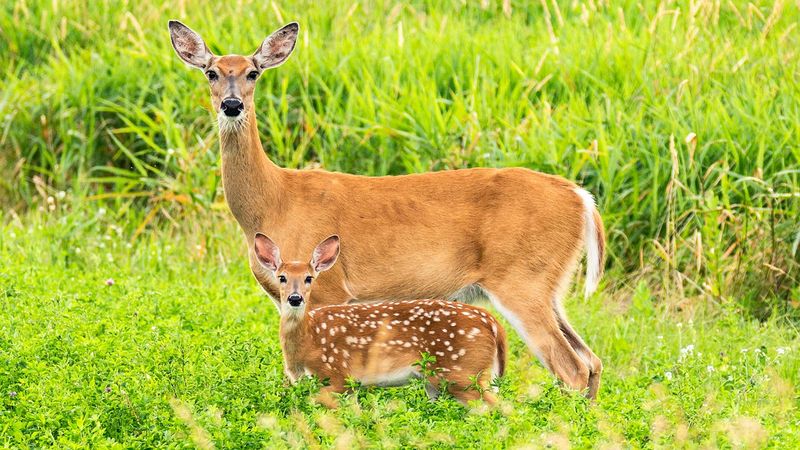
Fawn survival relies on cunning tactics and maternal care. Newborns are strategically hidden in tall grass, where their spots provide camouflage. Mothers often leave them alone for extended periods to avoid attracting predators. Fawns lay motionless, relying on their lack of scent and stillness for protection. As they mature, fawns quickly learn to follow their mothers, developing essential survival skills. This intricate balance of concealment and maternal guidance ensures their growth into adulthood.
Myth: Nocturnal Behavior
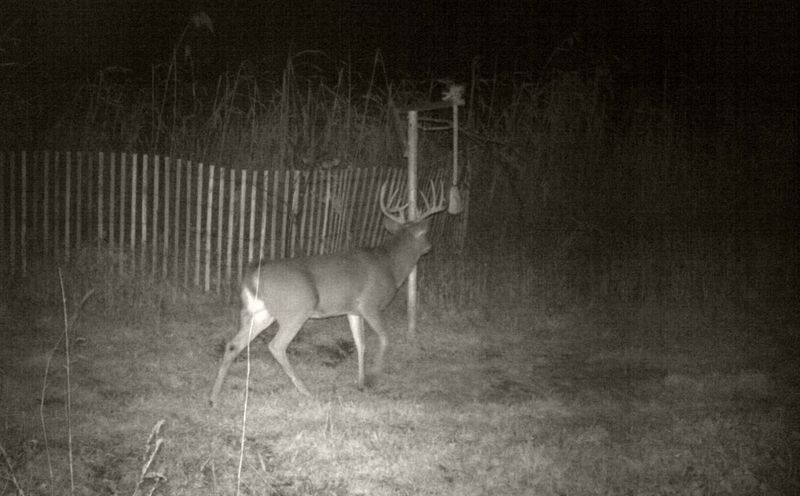
The belief that white-tailed deer are strictly nocturnal is a misconception. While they are crepuscular, active primarily at dawn and dusk, they are also frequently seen during daylight hours. Their activity patterns are influenced by various factors, including human presence and seasonal changes. Understanding these patterns helps in appreciating their adaptability and the nuanced behaviors that allow them to thrive across diverse habitats.
Majestic Leaps
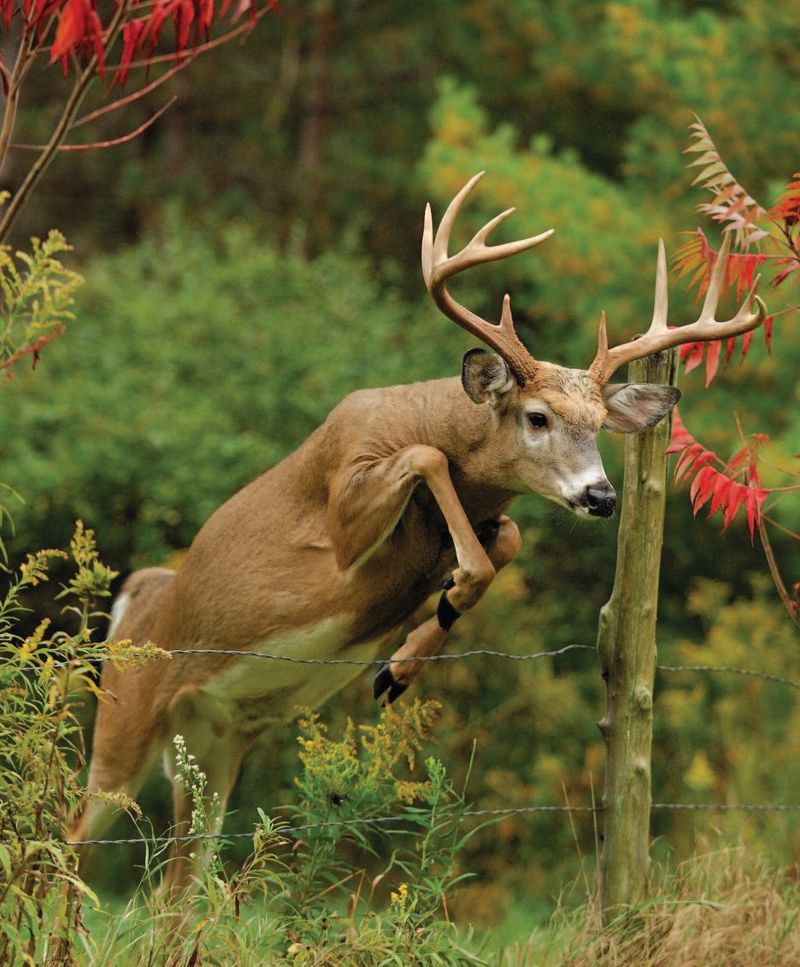
White-tailed deer are renowned for their graceful leaps, a testament to their agility and strength. With powerful hind legs, they can jump over obstacles up to 10 feet high and cover distances of 30 feet in a single bound. This ability to swiftly navigate diverse terrains aids in escaping predators and exploring new areas. Observing a deer in mid-leap is witnessing nature’s elegance in motion. Such athletic prowess underscores their evolutionary success and adaptability.
Myth: Deer Are Pests
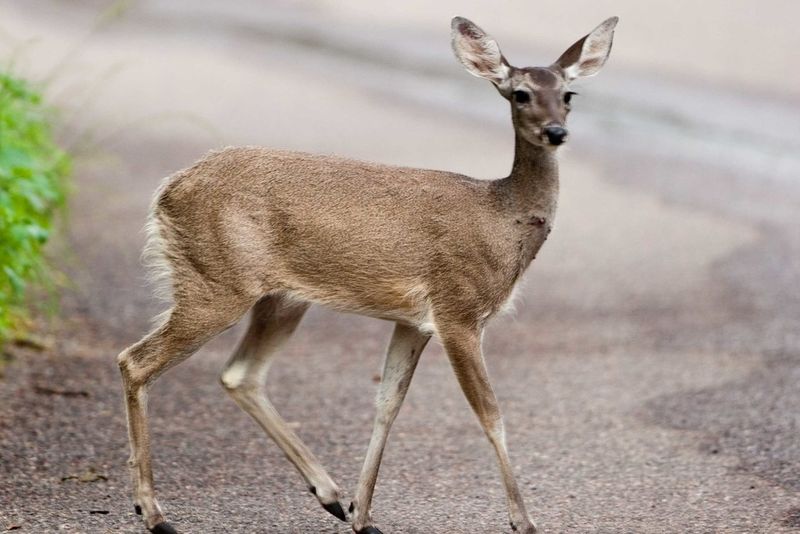
The label of ‘pest’ unfairly overshadows the ecological contributions of white-tailed deer. While they might nibble on garden plants, they also play a crucial role in seed dispersal and maintaining plant diversity. Misunderstanding arises from human-deer interactions, especially in suburban areas. By employing wildlife-friendly practices, such as planting deer-resistant flora, peaceful coexistence can be achieved. Recognizing their ecological role is essential in transforming perceptions and fostering harmony.
Adaptability to Environments
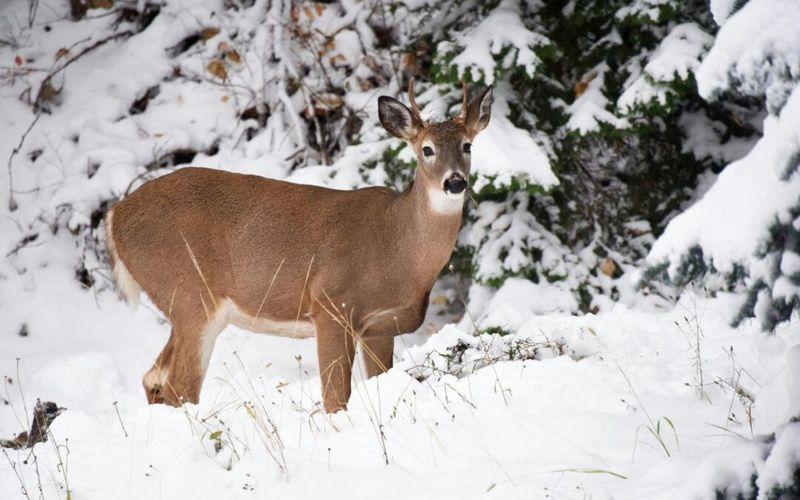
White-tailed deer, with their versatile nature, thrive in varied environments, from dense forests to suburban settings. This adaptability is a testament to their resilience and intelligence. In urban areas, they navigate human landscapes with surprising ease, finding food sources in parks and gardens. Their presence in such diverse habitats highlights their ability to adjust to changing conditions, ensuring their survival in a rapidly evolving world. This adaptability is a key to their widespread success.
Sensitive Hearing
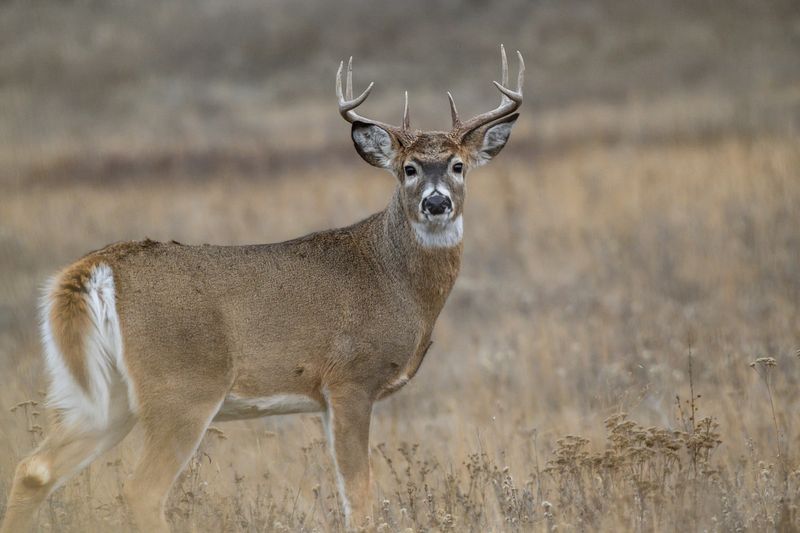
With ears like radar dishes, white-tailed deer possess acute hearing that detects the faintest rustle of leaves. Their ability to swivel their ears independently allows them to pinpoint sounds, crucial for detecting predators. This heightened auditory sense acts as an early-warning system, providing them a critical edge in the wild. Inhabiting environments where threats lurk unseen, their sensitive hearing often determines their survival. Such keen auditory perception underscores their evolutionary adaptations.
Myth: Limited Intelligence
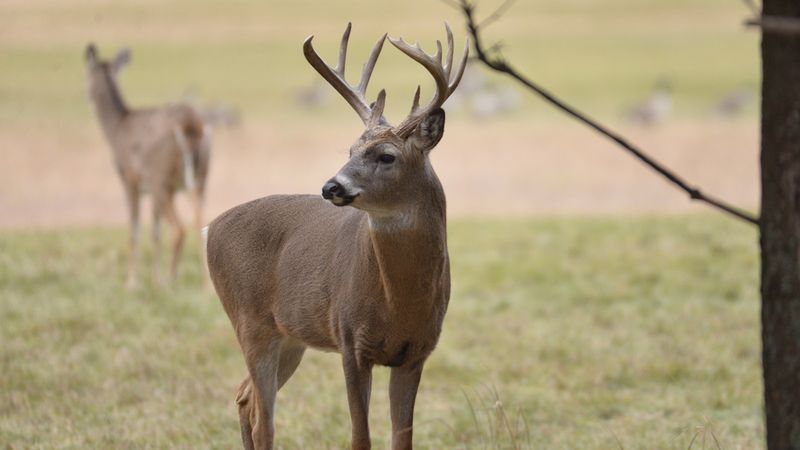
The notion that white-tailed deer lack intelligence is misguided. In reality, they exhibit problem-solving skills and adaptability. Whether navigating complex landscapes or responding to environmental changes, their actions reflect a level of understanding and instinct. Studies show that deer learn from experiences, adapting behaviors for survival. This intelligence is essential for thriving in both natural and altered landscapes, debunking myths of their simplicity and highlighting their cognitive abilities.
Remarkable Memory in Deer
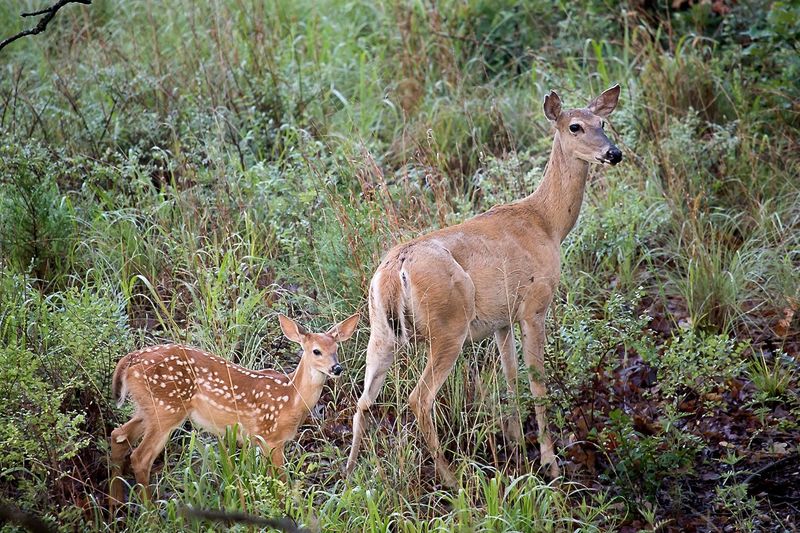
Did you know that white-tailed deer possess an extraordinary memory? These creatures can recall specific locations and routes within their territory, even after months of absence. This ability not only aids in their survival but showcases their intelligence.
Imagine a deer navigating through dense forests, remembering every twist and turn. Their memory allows them to avoid predators and find food sources efficiently. Such cognitive capability challenges the myth of limited intelligence often associated with deer.
Their sharp memory is a testament to their adaptation and survival skills in the wild. It’s truly mesmerizing!

